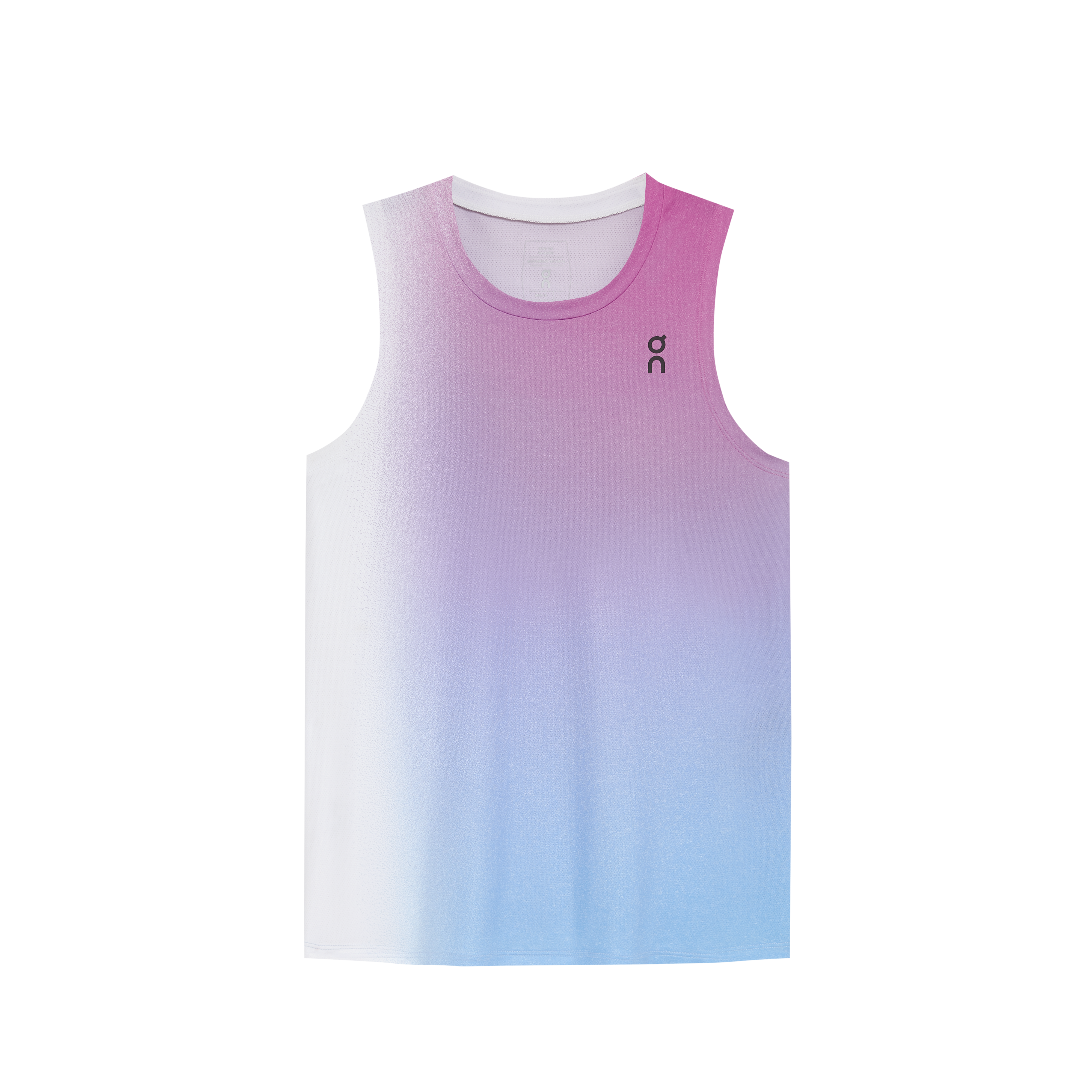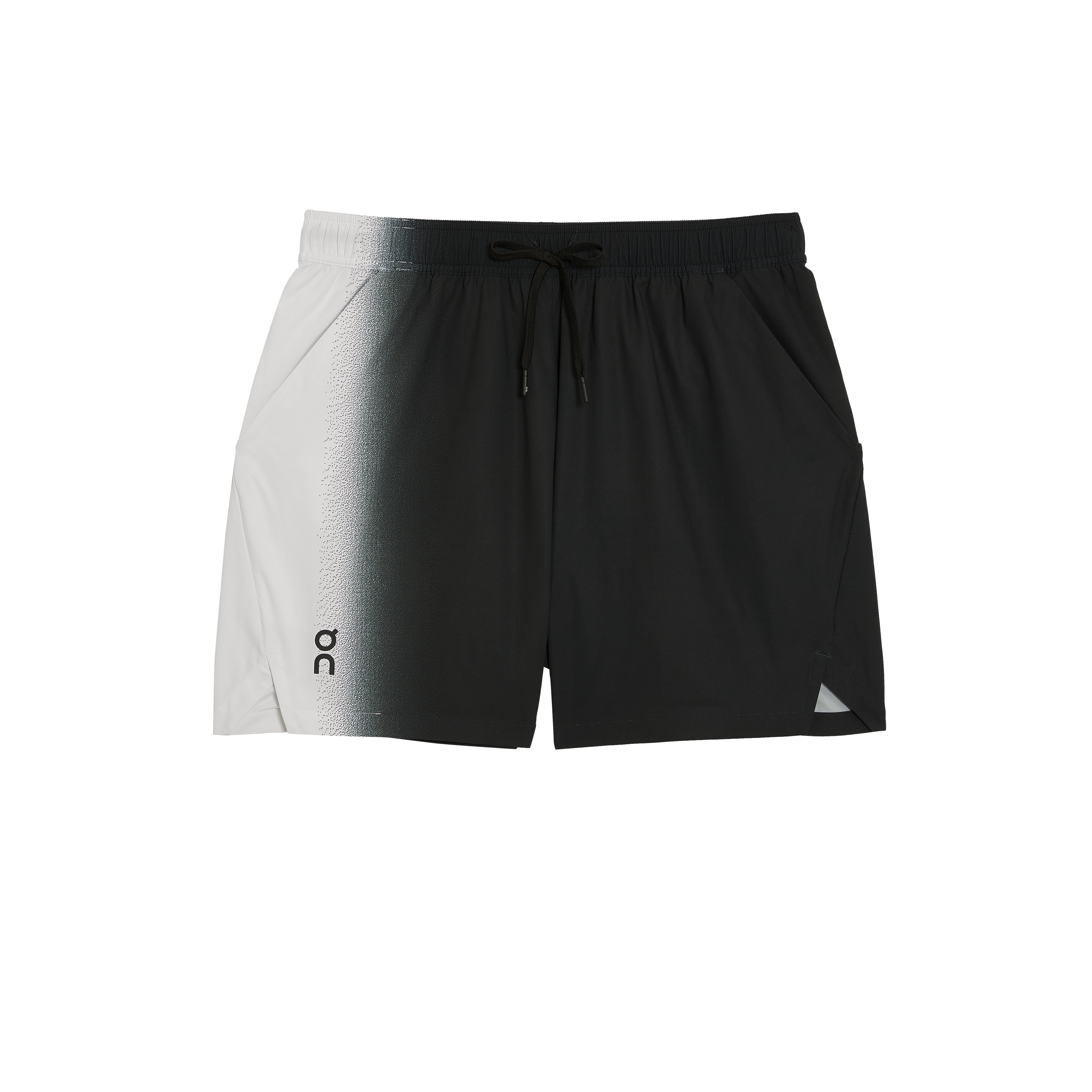How to serve in tennis: A step-by-step guide
Inspired by Ben Shelton and Iga Świątek's winning serves? Here's the pro-approved way to perfect yours.


Ben Shelton’s not-so-secret advantage is his serve. The left-handed tennis phenom often sets the tone for matches, with first serves averaging 126 mph (78 km/hr) and reaching speeds as high as 150 mph (241 km/hr). “I love to take control of the point early and make my opponent uncomfortable,” the American player says. “The key is to stay on the front foot and keep the pressure on.”
Shelton’s serves aren’t just about raw power. They’re driven by physical strength, precise technique and mental focus (skills any aspiring player can sharpen). Shelton says nailing the serve-and-volley is key to building a solid tennis foundation; essential for beginners who want to level up.
1. Decide your grip
The right grip is crucial for serving with control, power, and spin. Hold the racket firmly but with enough flexibility to keep your wrist relaxed. "Grip your handle as you would a bird, not so tightly that you squeeze the life out of it, and not so loosely that it escapes," write coaches and authors Jonathan Cape and W. Timothy Gallwey in their book. Try these popular grips to find the one that suits your style best:
- Continental grip: “It’s not the easiest to get used to, but it’s worth it because it works for every serve – flat, slice, or kick,” Shelton says. He recommends beginners start with this versatile grip. “Trust me, once it clicks, you’ll feel the difference.” With the racket face perpendicular to the ground, grab the handle like you’re shaking hands. The base knuckle of your index finger should rest on the second bevel. While it allows for precise control and spin, it can be challenging to master, requiring a different wrist angle and hand position than what often feels natural.
- Semi-western grip: Rotate your hand slightly counterclockwise from the Continental grip. The base knuckle of your index finger should be on the fourth bevel, making the racket face slightly open. This grip offers excellent topspin potential and is beginner-friendly. It provides greater control and spin but sacrifices some speed and precision needed for a powerful, flat serve.
- Western grip: Rotate your hand further counterclockwise from the Semi-Western grip, putting the base knuckle of your index finger on the fifth bevel. Designed for a topspin, it’s a favorite for groundstrokes and players who like to hit high-bouncing, spin-heavy shots. However, its limited wrist rotation (90 degrees) makes it less versatile for other serve types like flat or slice serves.
2. Get in the right stance
A strong, accurate serve begins with the right stance. Position your front foot angled toward the net post while your back foot stays parallel to the baseline for stability. Stand sideways to the court, aligning your shoulders and hips with your target. This setup generates power, balance, and control, helping you land a more consistent, precise serve.
“I worked a lot on my pre-serve routine to stay focused and keep my rhythm no matter the pressure,” Shelton says. Once in position, he bounces the ball a few times to lock in. “It’s like hitting a reset button.” A deep breath before every serve helps calm his mind and keep his energy “where it needs to be.”
3. Perfect your toss
Practice can make perfect. A consistent toss sets the rhythm and keeps your motion smooth. “Don’t rush it,” Shelton advises. “If your toss is all over the place, your serve will be too. Take your time, slow it down, and focus on your rhythm. Serving isn’t just about power – it’s about control.”
Aim for a toss just above your fully extended arm and racket. Hold the ball lightly with your first three fingers, moving your arm upward like an elevator before releasing it at the top. Visualize the ideal spot – slightly in front and outside your lead foot – and practice until it feels automatic.
A steady toss builds the foundation for power, accuracy, and timing in every serve.
4. Follow through on your swing
The follow-through is where balance, power, and control come together. Start with a smooth backswing, keeping your motion controlled and weight balanced. As you swing forward, drive through the ball with purpose, eyes locked on it for precision. After impact, let your momentum flow naturally into the follow-through, rotating your hips and aligning your body toward the target. A high, relaxed finish shows a complete swing, maximizing force and accuracy while minimizing injury risk.
5. Recover for the volley
Stay alert and ready to react. After your shot, quickly return to center, keeping your knees bent and weight on the balls of your feet. Hold your racket up and in front of you, primed for the next return. Use small, quick steps to stay balanced and adjust. Anticipation and agility are crucial – be ready to move in any direction to own the volley.
Types of serves
Shelton believes big serves are key to his game. Mastering various serves can add versatility and unpredictability to yours.
- Flat serve: A powerful, straight shot about speed and precision. Ideal for catching opponents off guard. “On grass, I flatten it out because the surface is faster,” Shelton explains.
- Kick serve: Generates topspin for a high, fast bounce, perfect for second serves. “On clay, I go for more topspin to make it kick high,” Shelton adds.
- Twist serve: A mix of topspin and sidespin that creates an unpredictable bounce.
- Slice serve: Curves the ball with a sidespin and forces opponents to reach for wide angles.
- Underhand serve: A sneaky tactic that drops the ball short, catching opponents unprepared.

Common serving mistakes and how to fix them
Serving mistakes are common for beginners but easy to correct with focus and practice.
- Low tosses: Tossing the ball too low disrupts timing. For consistency, aim for a toss just above your extended racket hand.
- Off-center racket hits: Hitting off-center weakens power. Focus on contact at the racket’s sweet spot – listen for a clean “ping” sound as feedback.
- Initiating the backswing too early: Starting your backswing too soon can throw off rhythm. Wait until the toss reaches its peak to begin your swing.
- Not back swinging far enough: A shallow backswing limits power. Fix it by imagining reaching your racket behind you to stretch fully.
Practice drills to perfect your serve
Perfecting your serve requires consistent practice and targeted drills to sharpen technique and build muscle memory. Incorporate these exercises into your routine.
- Wall practice: Serve against a wall to focus on precision and ball placement without needing a partner.
- Serve-and-volley drills: Practice serving and immediately moving into position for a volley to improve agility and follow-through.
- Full-court practice: Simulate match conditions by practicing serves across the full court, focusing on accuracy and placement.
Mastering how to serve in tennis starts with consistent practice and the right gear to support your game. “If I’m wearing something I love, it makes me feel like I belong out there,” says Shelton. “Confidence is everything in tennis, and what you wear can really set the tone.”
Explore THE ROGER Pro 2 tennis shoes for stability and grip and check out our guide on improving your footwork to elevate your overall performance. With the right techniques and tools, you’ll be ready to master every serve.








